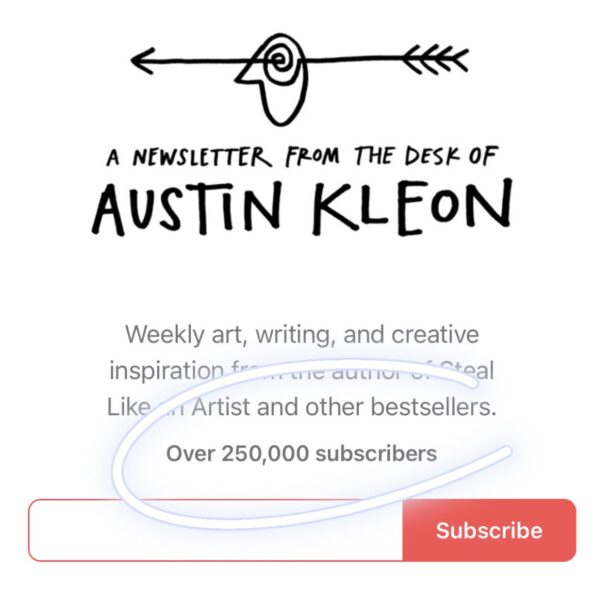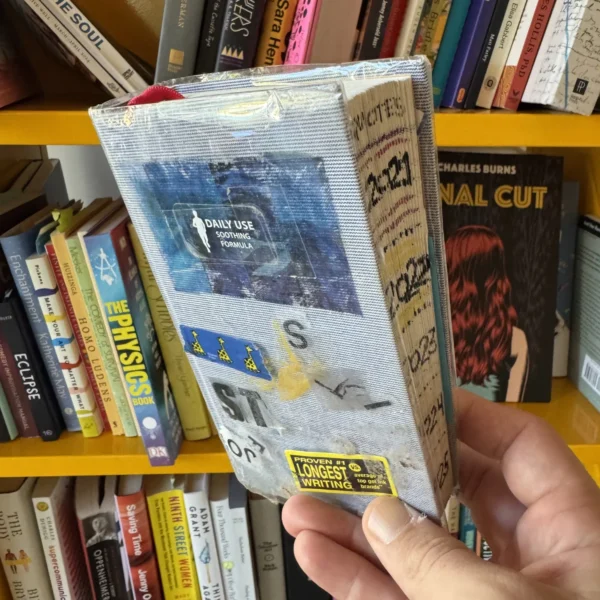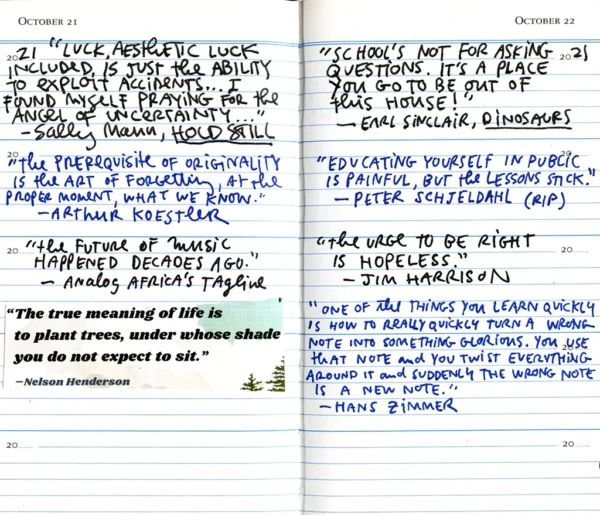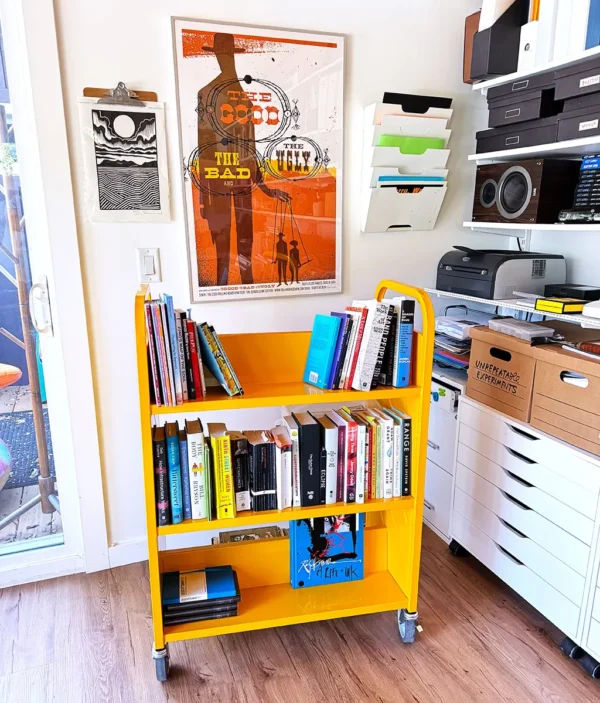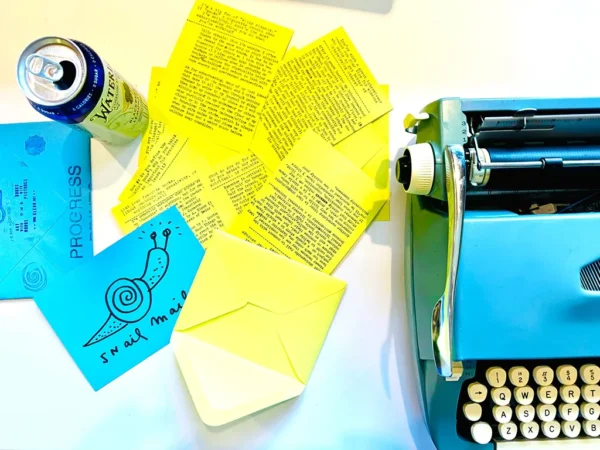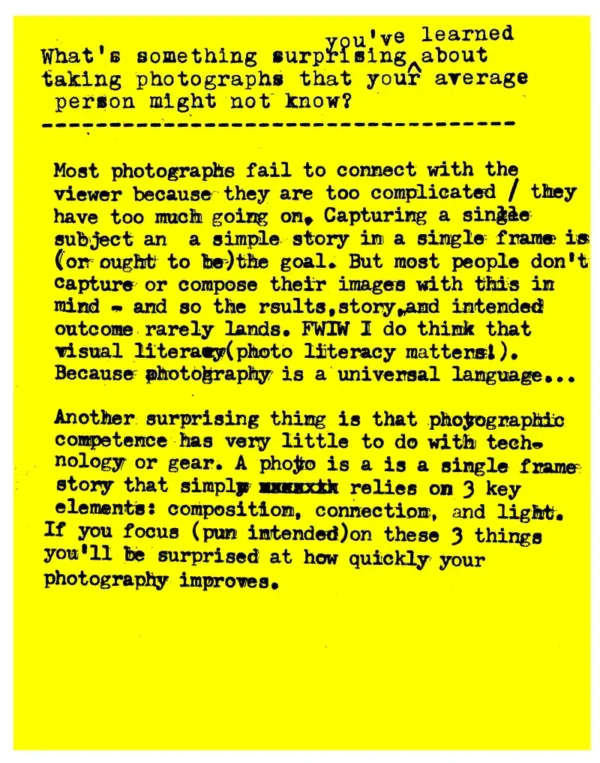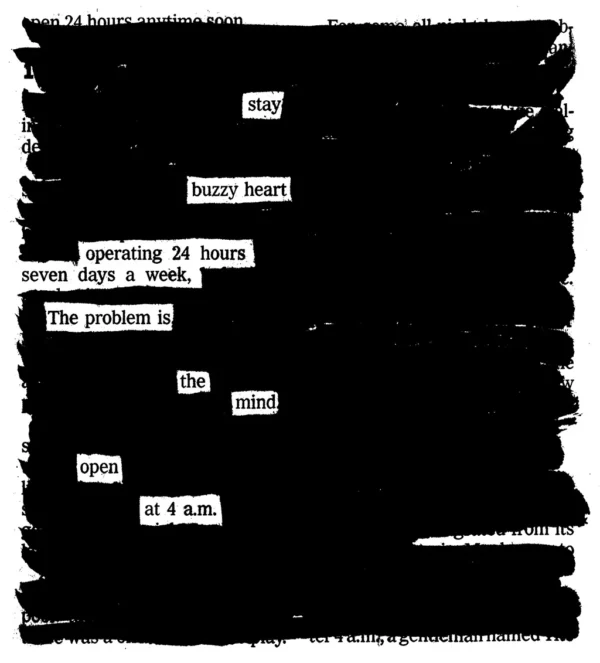Couple of fun things:
1. Over a quarter of a million people now subscribe to my newsletter.
2. I sold my next book:
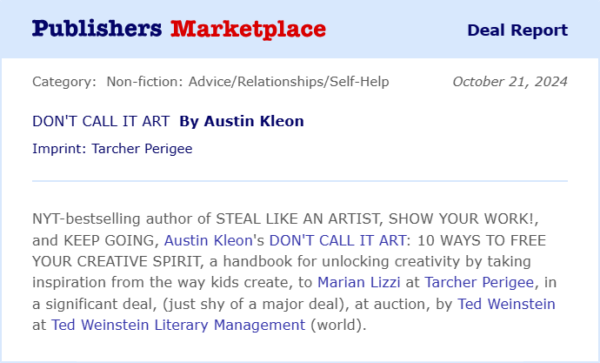
These things aren’t unrelated: over the past decade, the newsletter has turned into a wonderful playground for me: a place where I can work out my ideas, share what I love, and show my work while I come up with the next thing…
